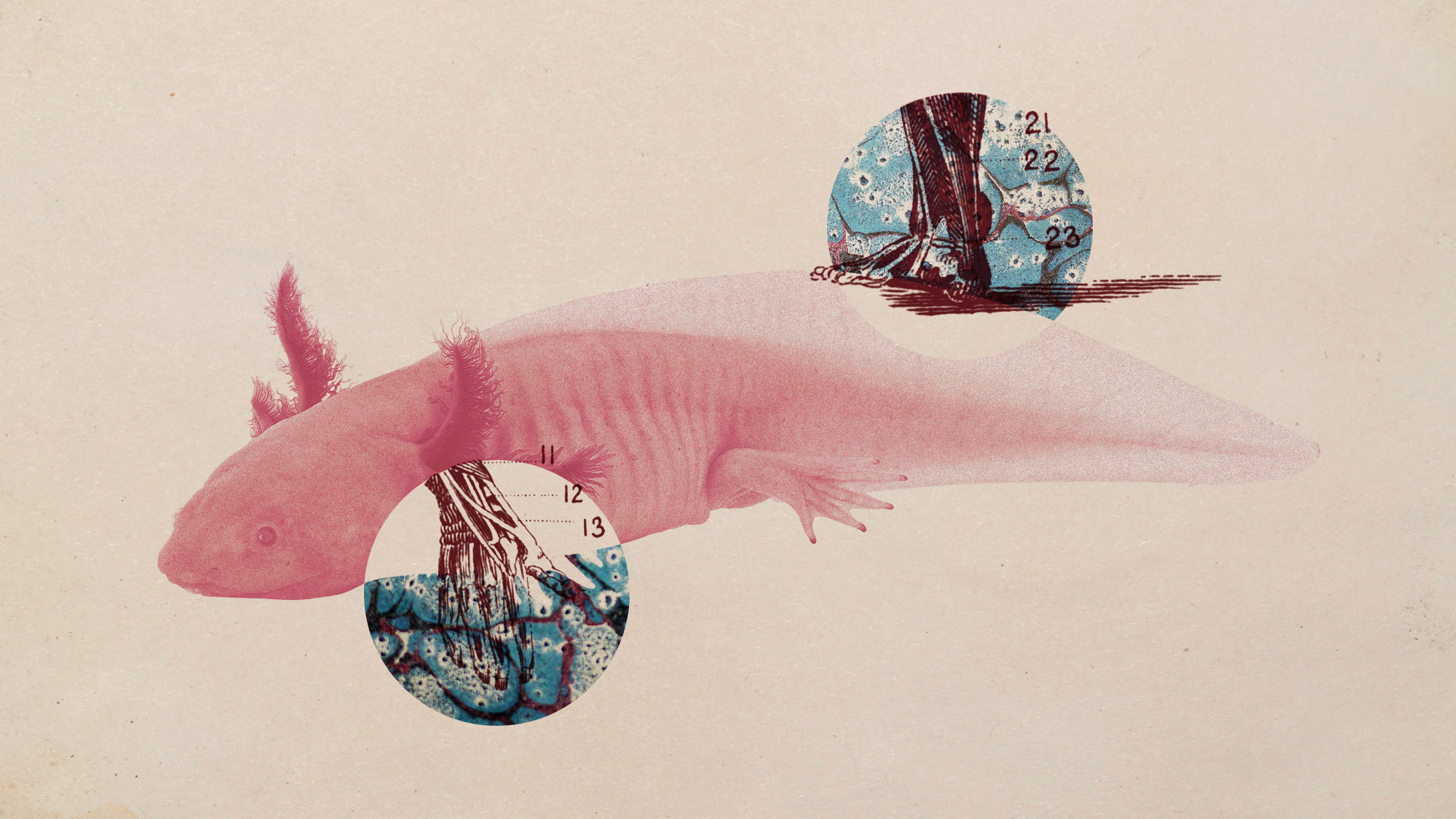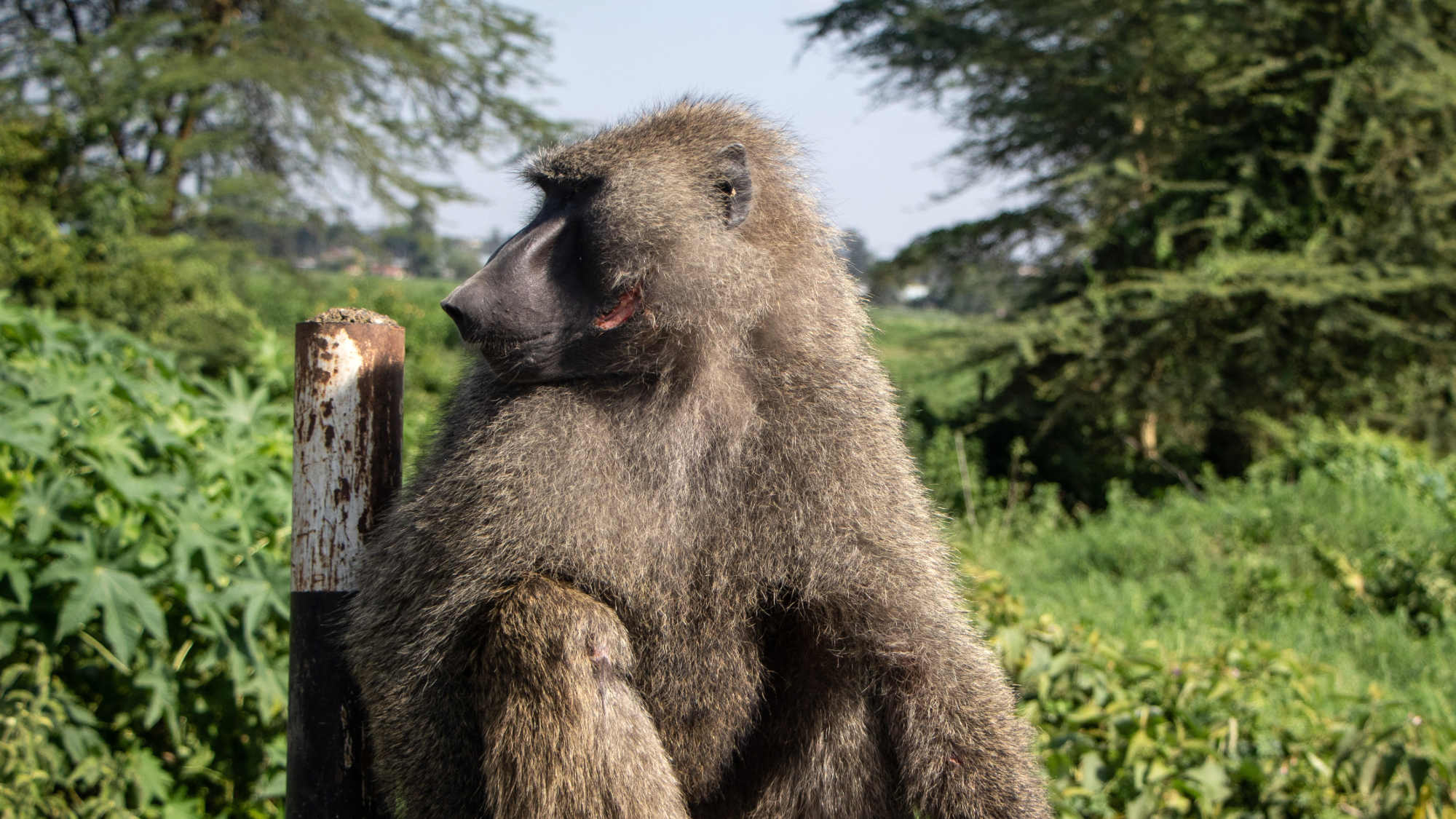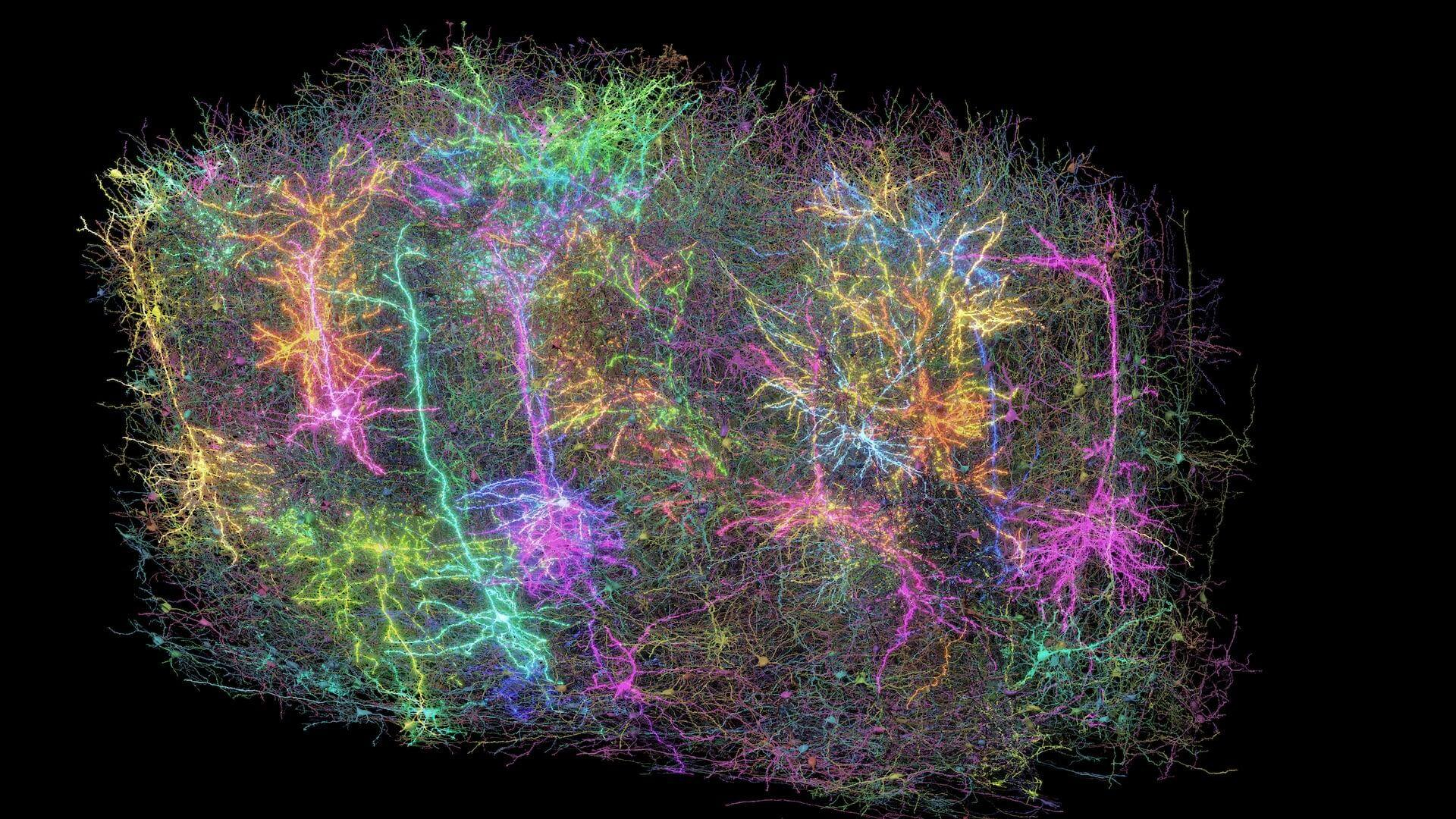Health & Science
A galaxy teeming with planets; The Stradivarius illusion; How not to quit smoking; Why honeybees are dying
A galaxy teeming with planets
Stars that are encircled by planets are not at all unusual. In fact, a new study says, so many stars have planets that the Milky Way galaxy probably contains more than 160 billion planets. “Planets are the rule rather than the exception,” French astronomer Arnaud Cassan tells Space.com. He and an international team of 42 scientists just completed a six-year survey of 100 million stars in the Milky Way galaxy using a variety of sophisticated planet-detection techniques. Their conclusion: Most stars have multiple planets, and two thirds of them probably have a planet roughly the size of Earth. “One can point at almost any random star and say there are planets orbiting that star,” says astronomer Uffe Grae Jorgensen. The astronomers even found systems in which planets are orbiting a double star; on these planets, there are two suns in the sky, like on the planet Tatooine in the Star Wars films. The study marks a milestone in our understanding of Earth’s place in the cosmos, and suggests that life is very likely to exist elsewhere in the universe. “We used to think that the Earth might be unique in our galaxy,” study co-author Daniel Kubas says. “But now it seems that there are literally billions of planets with masses similar to Earth.”
The Stradivarius illusion
The Week
Escape your echo chamber. Get the facts behind the news, plus analysis from multiple perspectives.

Sign up for The Week's Free Newsletters
From our morning news briefing to a weekly Good News Newsletter, get the best of The Week delivered directly to your inbox.
From our morning news briefing to a weekly Good News Newsletter, get the best of The Week delivered directly to your inbox.
Violins crafted by the Italian masters Antonio Stradivari and Giuseppe Guarneri some 300 years ago are legendary for their exquisite sound, but they may not be worth their high price tags. When researchers brought two Stradivariuses, a Guarneri, and three new instruments to an international violin competition and asked blindfolded violinists to play them and rate their quality, one of the new models emerged as the clear favorite. The oldest Strad consistently ranked worse than the others in terms of tone, projection, and general playability. “There was no evidence that people had any idea what they were playing,” Michigan violin-maker Joseph Curtin tells NPR.org. And yet the combined value of the old violins was roughly $10 million; the new ones together were worth about $100,000. Like wine—which people often think tastes better if they know it’s expensive or from a vaunted vineyard—we may perceive added beauty in music that comes from a prestigious violin. “I don’t think there is any secret” to the sound of a Strad or a Guarneri, says acoustics physicist Claudia Fritz, “except in people’s minds.”
How not to quit smoking
Cold turkey may be the best way to kick the cigarette habit for good. A new study by Harvard University’s Center for Global Tobacco Control shows that while nicotine patches, gum, and inhalers help ease smokers’ cravings early on, they can backfire in the long run. Researchers located nearly 800 smokers who had recently quit and followed them for five years, recording what cessation strategies they used. After two years, one third of the participants had relapsed; after four years, another third had. Those who tried nicotine-replacement therapies (NRTs)—either on their own or with the advice of a counselor—were just as likely to fail as those who quit without such help. What’s more, heavy smokers who used NRTs unsupervised were actually twice as likely to relapse as those who went with pure willpower. Though many short-term clinical trials have suggested that NRTs are effective, the new study “shows that what happens in the real world is very different,” study author Hillel R. Alpert tells The New York Times. He says smokers may think NRTs are a “‘magic’ pill” because they address nicotine addiction—but nicotine is only part of the reason people smoke. Without the proper personal commitment to quit, he says, smokers are likely to relapse.
Why honeybees are dying
A free daily email with the biggest news stories of the day – and the best features from TheWeek.com
Researchers have a new suspect in their hunt for the cause of colony collapse disorder, the mysterious scourge that has decimated U.S. honeybee populations over the past five years. A parasitic fly previously known to target bumblebees now appears to be laying its eggs in the bodies of worker honeybees; when the eggs hatch, the fly larvae cause “zombie-like behavior” in the bees, which become disoriented, abandon their hives, and eventually die, San Francisco State University biologist John Hafernik tells the Associated Press. Since honeybees pollinate crops that provide about one third of the U.S. food supply, slowing the spread of colony collapse is crucial. Preliminary tallies in Northern California show that the flies have infected worker bees from three out of four hives. But Hafernik says it’s still unclear whether the fly has “a primary role in causing the disease” or is simply “another stressor” among others such as pesticides and fungi.
-
 The great global copper swindle
The great global copper swindleUnder the Radar Rising prices and easy access makes the metal a ‘more attractive target for criminals looking for a quick profit’
-
 ‘They’re nervous about playing the game’
‘They’re nervous about playing the game’Instant Opinion Opinion, comment and editorials of the day
-
 Will Netanyahu get a pardon?
Will Netanyahu get a pardon?Today's Big Question Opponents say yes, if he steps down
-
 5 recent breakthroughs in biology
5 recent breakthroughs in biologyIn depth From ancient bacteria, to modern cures, to future research
-
 Bacteria can turn plastic waste into a painkiller
Bacteria can turn plastic waste into a painkillerUnder the radar The process could be a solution to plastic pollution
-
 Scientists want to regrow human limbs. Salamanders could lead the way.
Scientists want to regrow human limbs. Salamanders could lead the way.Under the radar Humans may already have the genetic mechanism necessary
-
 Is the world losing scientific innovation?
Is the world losing scientific innovation?Today's big question New research seems to be less exciting
-
 Breakthrough gene-editing treatment saves baby
Breakthrough gene-editing treatment saves babyspeed read KJ Muldoon was healed from a rare genetic condition
-
 Humans heal much slower than other mammals
Humans heal much slower than other mammalsSpeed Read Slower healing may have been an evolutionary trade-off when we shed fur for sweat glands
-
 Scientists map miles of wiring in mouse brain
Scientists map miles of wiring in mouse brainSpeed Read Researchers have created the 'largest and most detailed wiring diagram of a mammalian brain to date,' said Nature
-
 Scientists genetically revive extinct 'dire wolves'
Scientists genetically revive extinct 'dire wolves'Speed Read A 'de-extinction' company has revived the species made popular by HBO's 'Game of Thrones'